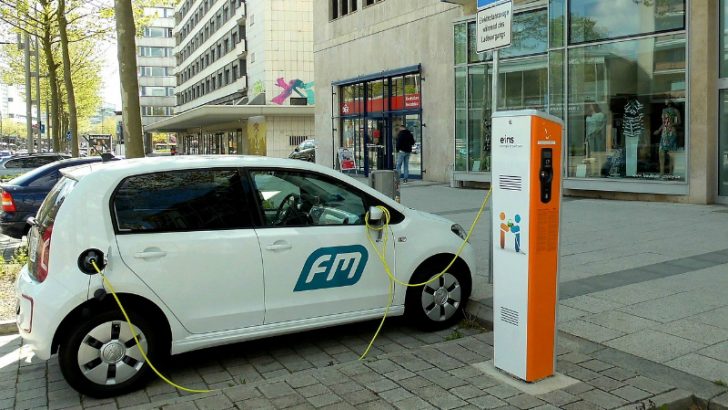
EY announced the launch of Tesseract, an integrated mobility platform underpinned by blockchain technology. The Tesseract platform aims to facilitate:
- fractional vehicle ownership
- shared use
- seamless multi-modal transport.
If it succeeds it will help lay the groundwork for how autonomous vehicle fleets can be owned in the future and provide access to a variety of on-demand mobility options.
Randy Miller, EY Global Automotive & Transportation Leader, says: “The future of the automotive and transportation industry will be integrated, on-demand, personalized and autonomous. Tesseract is a groundbreaking, innovative platform that benefits every stakeholder across the mobility ecosystem. We want Tesseract to break down barriers to entry for all stakeholders, provide the means for mobility as a service and facilitate a truly integrated ecosystem that puts consumers first in the future mobility marketplace.”

Tesseract and mobility
Tesseract addresses core mobility issues. These include how to share vehicle ownership with widespread shared-use and how one can integrate a multitude of mobility options. Participants on the platform will necessarily include multiple types of stakeholders – such as:
- OEMs
- mobility and transport companies
- cities
- infrastructure providers
All will be participating in the hope of realising opportunities to create new value and revenue streams. Shared ownership combined with consumer demands for expanded mobility services represent an unfulfilled demand. Providing access to the right type of vehicle for their preferred journey, at the right time and place and on demand is the objective..
Miller continued: “Tesseract will allow operators to innovate, commercialize and scale new mobility businesses and revenue models. Vehicle utilization will increase, reducing wastage and ultimately creating a greener, more sustainable transport world.”
Tesseract and the blockchain
With Tesseract, single vehicles, fleets and other transport services will be available on the platform. Vehicles and trips will have digital logging provided on the blockchain. Transactions will settle between owners, operators and third-party service providers.This will happen via a single-source, usage-based payment system.
The Tesseract design means ownership of assets is flexible. Each can be on a full or fractional share ownership basis.
What does it mean
The ‘new mobility’, where personal ownership of vehicles diminishes in favour of on-demand usage, is just over the horizon – where it has been for a long time. Yet the horizon does seem to come closer, especially as advanced electronics (computers) become a fundamental part (rather than afterthought) of new vehicles. Tesla may have led the way but others are rushing to follow, most notable with EVs (electric vehicles).
With new business models, new income streams become possible. Equally, funding of expensive assets – such as batteries and charging infrastructure – needs to become easier.
Attracting investors, crowd-funders and everyday users will determine success. Individuals or enterprises will now be able to own a share of a vehicle or fleet of vehicles. But, to ‘earn money’ from such investments, some mechanism based on usage of vehicles becomes critical.
With Tesseract, EY addresses an interesting opportunity. The need is clear. Success will depend on the uptake of fractional vehicle usage for one, and EV purchasing in particular.


























